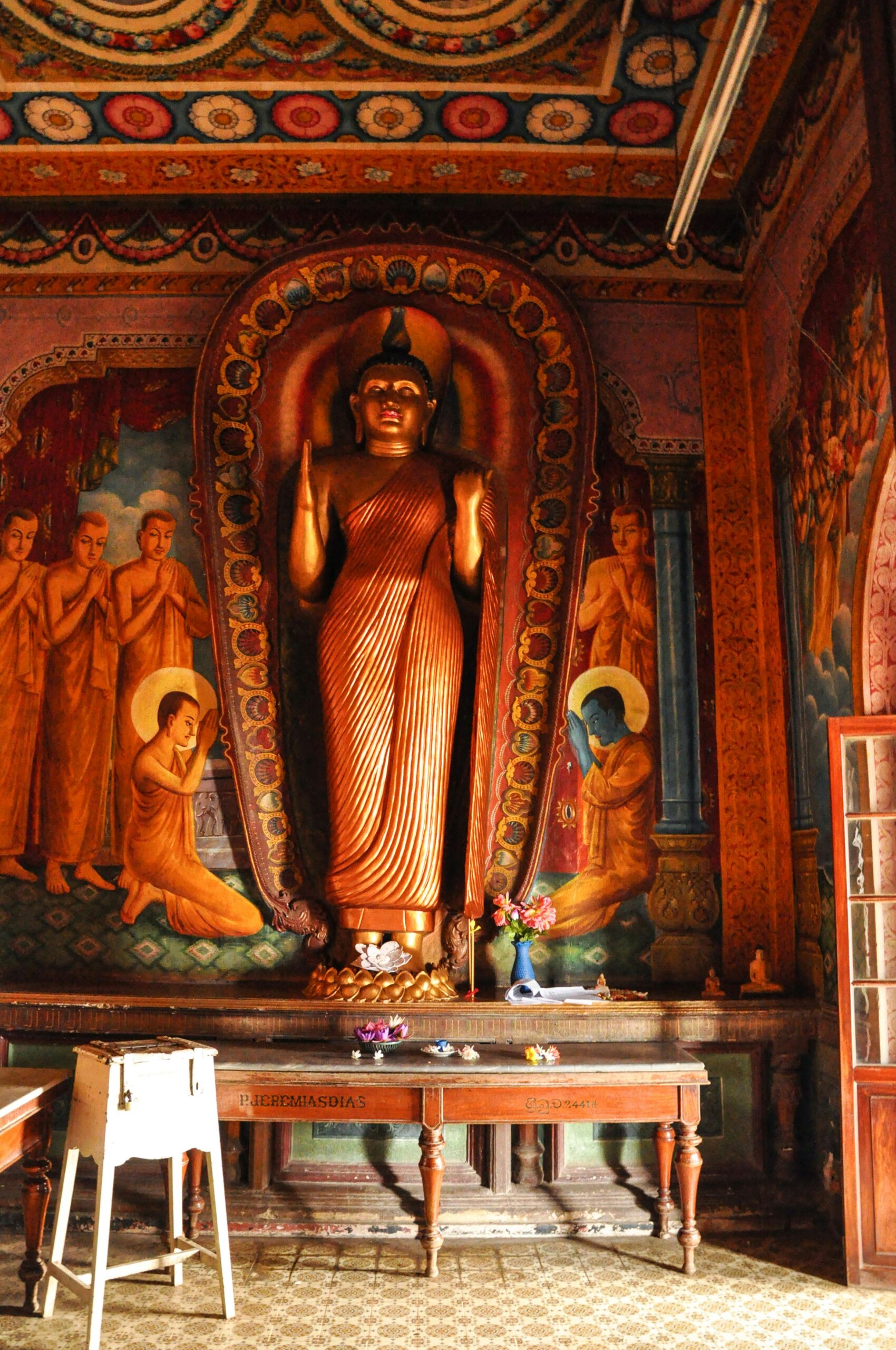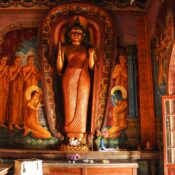A Glimpse into Sri Lanka’s Rich History

A Glimpse into Sri Lanka’s Rich History
Sri Lanka, the teardrop-shaped island in the Indian Ocean, has a history that dates back more than 2,500 years. Known in ancient times as “Lanka” and later as “Ceylon,” this island nation has been shaped by waves of migration, foreign influence, and local dynasties. The early Sinhalese kingdoms of Anuradhapura and Polonnaruwa laid the foundation for a deeply rooted Buddhist culture. Anuradhapura, the first established kingdom, thrived from the 4th century BC to the 11th century AD and was famous for its massive dagobas, intricate irrigation systems, and spiritual centers. Polonnaruwa followed as the next royal capital, showcasing sophisticated urban planning and monumental architecture.
The arrival of Buddhism in the 3rd century BC, brought by Mahinda, the son of Indian Emperor Ashoka, transformed the cultural and religious landscape of Sri Lanka. Buddhism still plays a central role in Sri Lankan society, with ancient temples like the Temple of the Tooth in Kandy and numerous cave temples in Dambulla serving as sacred pilgrimage sites.
In the 16th century, Sri Lanka became a target for European colonial powers due to its strategic location and rich resources. The Portuguese arrived first, followed by the Dutch, and finally the British who took control in 1815. Each power left its mark on the island’s architecture, cuisine, and language. Galle Fort, built by the Portuguese and expanded by the Dutch, remains one of the best-preserved colonial fortifications in Asia and is a UNESCO World Heritage Site.
Sri Lanka gained independence in 1948 and has since undergone major political and social transformations. Despite periods of conflict, including a 26-year civil war that ended in 2009, the country has made significant progress in reconciliation and development.
Today, Sri Lanka’s rich history is evident not only in its ancient ruins and colonial architecture but also in its festivals, traditional attire, and cultural practices. For tourists, exploring the historical sites of Anuradhapura, Polonnaruwa, Sigiriya, and Kandy offers a deep dive into the past. Museums in Colombo, cultural shows in Kandy, and guided archaeological tours provide further insights into the island’s layered history.
A journey through Sri Lanka is truly a walk through time. Whether it’s climbing the ancient rock fortress of Sigiriya, wandering through the sacred city of Anuradhapura, or visiting British-era hill stations like Nuwara Eliya, visitors are sure to experience the depth and richness of this fascinating island’s past.
One thought on “A Glimpse into Sri Lanka’s Rich History”
Add a Comment Cancel reply
All Categories
Recent Posts
Adventure Activities to Try in Sri Lanka
A Glimpse into Sri Lanka’s Rich History
Discovering Sri Lanka’s Natural Forests






Hi, this is a comment.
To get started with moderating, editing, and deleting comments, please visit the Comments screen in the dashboard.
Commenter avatars come from Gravatar.